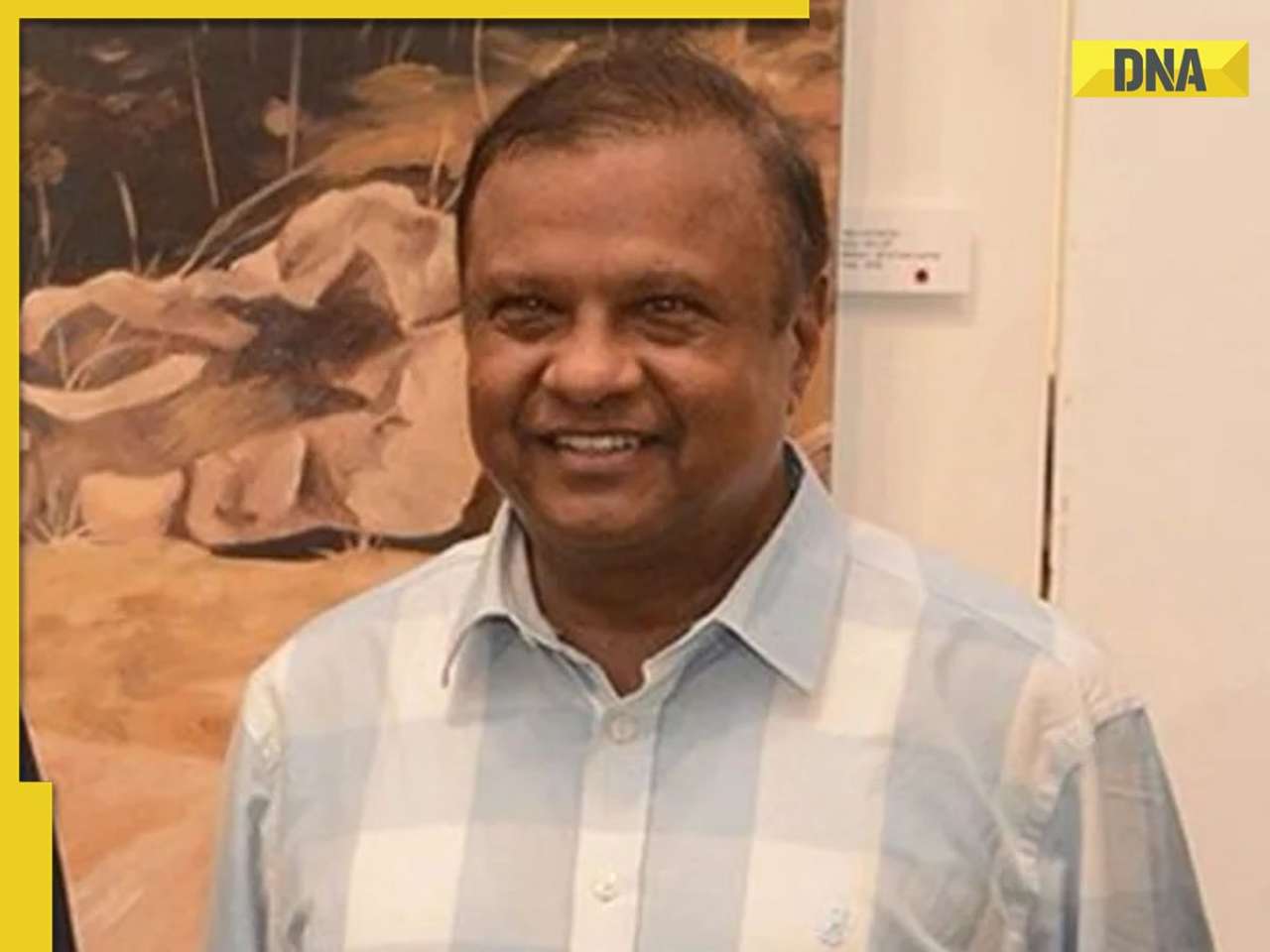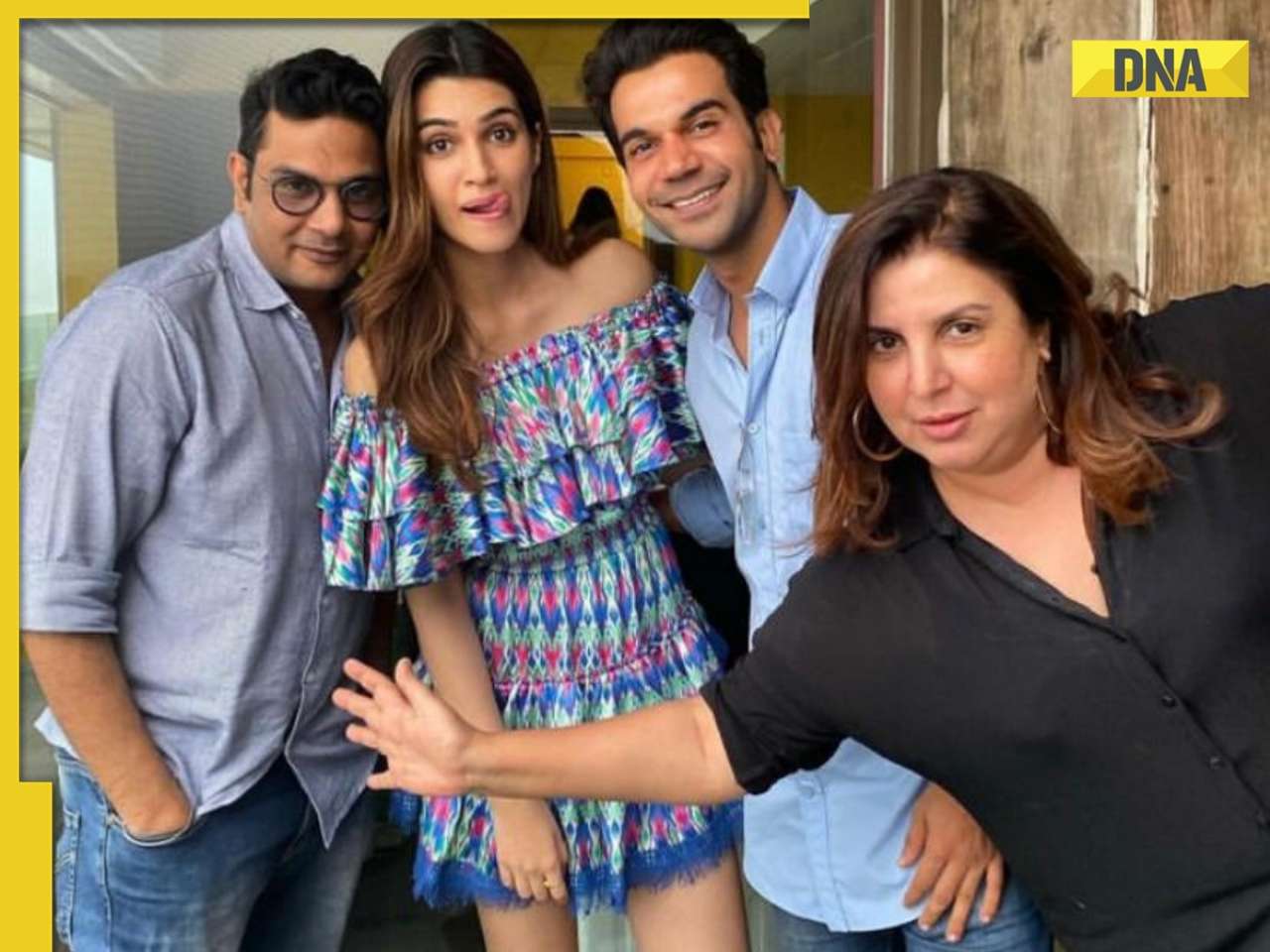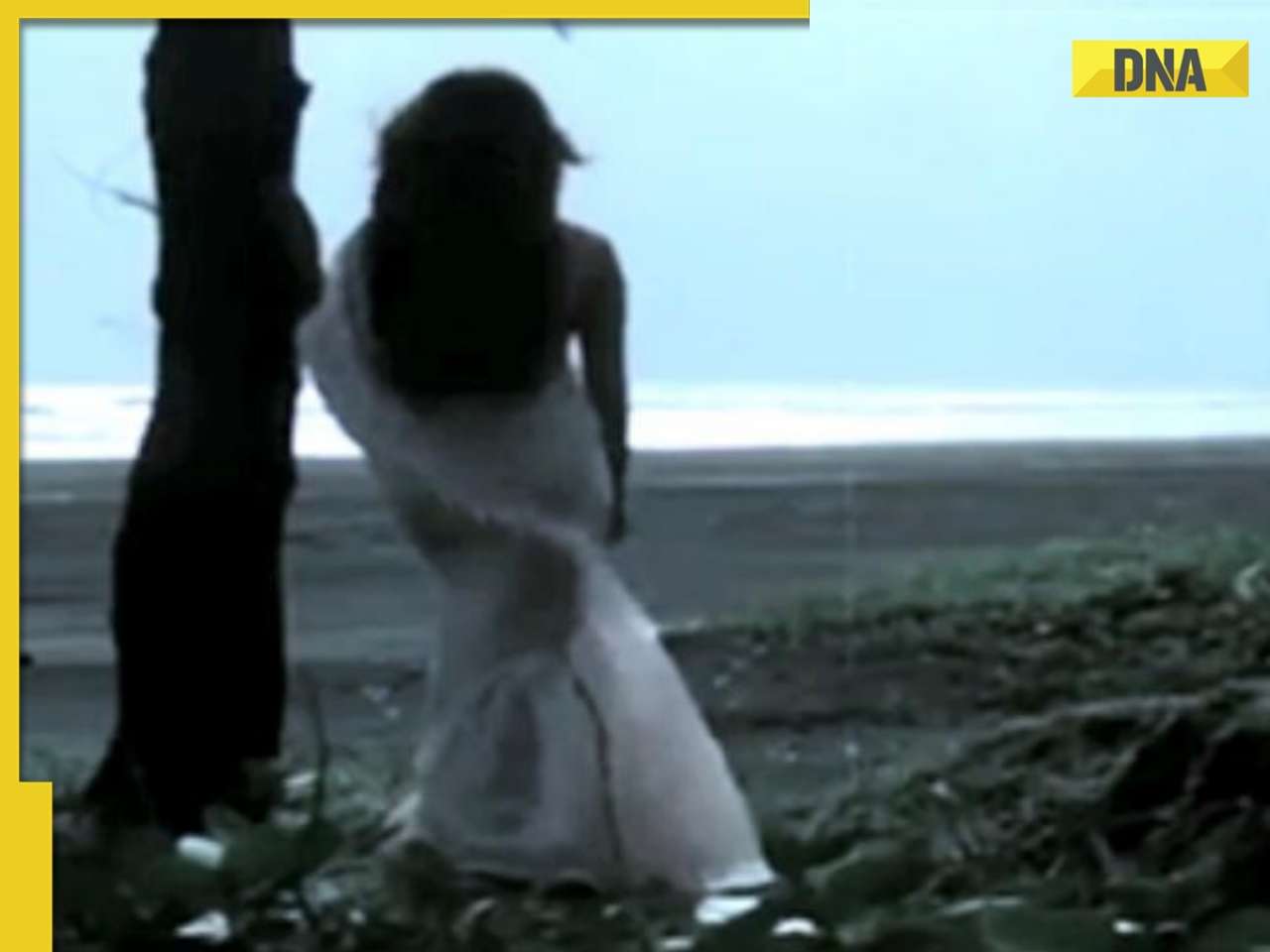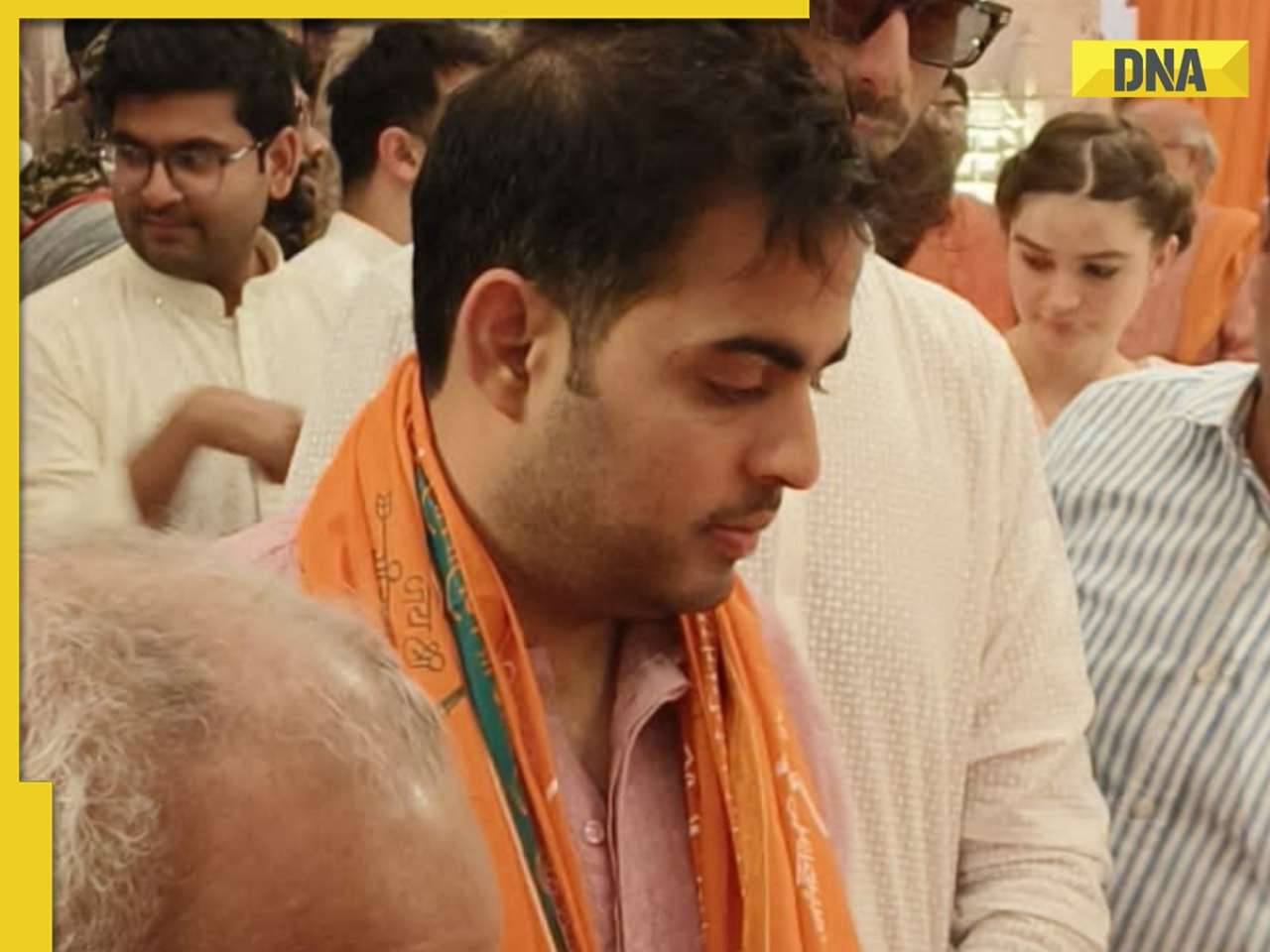CHIPPING AWAY HERITAGE: State govt has launched condition assessment & conservation project at Four temples in Maha
These centuries-old temples see footfalls of millions of devotees annually. But these structures and the idols of their deities have been affected by the vagaries of time, climate, man-made alterations and rituals.
Now, the state government has launched a conditional assessment and conservation project at four temples in Maharashtra — Vithoba at Pandharpur, Tuljabhavani at Tuljapur, Osmanabad, Khandoba at Jejuri and Renuka Devi at Mahur. This assessment will be conducted by conservation architects and structural engineers and the state plans to involve temple trusts in the conservation of the idols and structures.
While conservation projects have been launched at Mahur and Jejuri, it will soon be initiated at Tuljapur. A condition assessment will be done at the Pandharpur shrine, with plans to declare the temple as a state protected monument in later.
"These temples are centuries-old and have seen alterations that have affected their capacity to bear the load of the structure. There have been instances where walls, beams and columns have been removed. Similarly, humidity and rituals like abhishek using milk and curd have affected the idols of presiding deities. Hence, there is a need to conserve these temples and their idols," said a senior official from the state department of culture.
Many such physical changes to the structures have been made over decades before the science of conservation had developed.
The official said the Jejuri temple trust would fund the conservation project at the site. "Drone mapping has been undertaken. We also plan to control the use of bhandara (turmeric, which is thrown in the air on festive occasions) and use of milk and bananas for abhishek. Solid waste management will be undertaken," he explained. At Mahur, structural stability of the temple and restoration will be done. The project will also cover mapping the impact of rituals on the idols and structures.
While parts of the Pandharpur temple, which is frequented by devotees from across Maharashtra and neighbouring states like Karnataka and Andhra Pradesh, were constructed in around the 12th century, other portions like the kalash (pinnacle) are later additions in the 17th or 18th century. The Tuljapur temple, whose deity was venerated by warrior-king Chhatrapati Shivaji Maharaj, has several layers, but is said to a 16-17th century construction, while the Mahur temple was built around 15-16th century, said the official.
The Khandoba temple at Jejuri near Pune was rebuilt during the reign of the Peshwas. The worship of Khandoba, a folk God, was established around 12th and 13th century.
While the Jejuri temple is a state government protected site, the final notification for including the Mahur temple in the list of such monuments is awaited.
The directorate has 371 monuments in its ambit, including 153 temples, 49 forts, 20 caves and 149 other features, but has just around 100 watchmen for their protection. Some state protected monuments in Mumbai include the forts at Bandra, Dharavi, Mahim and Worli, August Kranti Maidan, Banganga, Gateway of India, St George fort, the Dean's bungalow in the JJ School of Arts.
![submenu-img]() Manipur Police personnel drove 2 Kuki women to mob that paraded them naked: CBI charge sheet
Manipur Police personnel drove 2 Kuki women to mob that paraded them naked: CBI charge sheet ![submenu-img]() Delhi-NCR schools receive bomb threat call, evacuated
Delhi-NCR schools receive bomb threat call, evacuated![submenu-img]() AstraZeneca admits Covishield vaccines raises rare side-effects risk. How worried should you be?
AstraZeneca admits Covishield vaccines raises rare side-effects risk. How worried should you be?![submenu-img]() Meet Mukesh Ambani’s ‘brother’, left his own firm to join Reliance, not Anil Ambani, his son now has Rs 650000000000…
Meet Mukesh Ambani’s ‘brother’, left his own firm to join Reliance, not Anil Ambani, his son now has Rs 650000000000…![submenu-img]() Meet actor, beaten up in school, failed police entrance exam, lived in garage, worked as driver, now worth Rs 650 crore
Meet actor, beaten up in school, failed police entrance exam, lived in garage, worked as driver, now worth Rs 650 crore![submenu-img]() DNA Verified: Is CAA an anti-Muslim law? Centre terms news report as 'misleading'
DNA Verified: Is CAA an anti-Muslim law? Centre terms news report as 'misleading'![submenu-img]() DNA Verified: Lok Sabha Elections 2024 to be held on April 19? Know truth behind viral message
DNA Verified: Lok Sabha Elections 2024 to be held on April 19? Know truth behind viral message![submenu-img]() DNA Verified: Modi govt giving students free laptops under 'One Student One Laptop' scheme? Know truth here
DNA Verified: Modi govt giving students free laptops under 'One Student One Laptop' scheme? Know truth here![submenu-img]() DNA Verified: Shah Rukh Khan denies reports of his role in release of India's naval officers from Qatar
DNA Verified: Shah Rukh Khan denies reports of his role in release of India's naval officers from Qatar![submenu-img]() DNA Verified: Is govt providing Rs 1.6 lakh benefit to girls under PM Ladli Laxmi Yojana? Know truth
DNA Verified: Is govt providing Rs 1.6 lakh benefit to girls under PM Ladli Laxmi Yojana? Know truth![submenu-img]() Remember Heyy Babyy's cute 'Angel' Juanna Sanghvi? 20 year-old looks unrecognisable now, fans say 'her comeback will...'
Remember Heyy Babyy's cute 'Angel' Juanna Sanghvi? 20 year-old looks unrecognisable now, fans say 'her comeback will...'![submenu-img]() In pics: Arti Singh stuns in red lehenga as she ties the knot with beau Dipak Chauhan in dreamy wedding
In pics: Arti Singh stuns in red lehenga as she ties the knot with beau Dipak Chauhan in dreamy wedding![submenu-img]() Actors who died due to cosmetic surgeries
Actors who died due to cosmetic surgeries![submenu-img]() See inside pics: Malayalam star Aparna Das' dreamy wedding with Manjummel Boys actor Deepak Parambol
See inside pics: Malayalam star Aparna Das' dreamy wedding with Manjummel Boys actor Deepak Parambol ![submenu-img]() In pics: Salman Khan, Alia Bhatt, Rekha, Neetu Kapoor attend grand premiere of Sanjay Leela Bhansali's Heeramandi
In pics: Salman Khan, Alia Bhatt, Rekha, Neetu Kapoor attend grand premiere of Sanjay Leela Bhansali's Heeramandi![submenu-img]() DNA Explainer: Why Harvey Weinstein's rape conviction was overturned, will beleaguered Hollywood mogul get out of jail?
DNA Explainer: Why Harvey Weinstein's rape conviction was overturned, will beleaguered Hollywood mogul get out of jail?![submenu-img]() What is inheritance tax?
What is inheritance tax?![submenu-img]() DNA Explainer: What is cloud seeding which is blamed for wreaking havoc in Dubai?
DNA Explainer: What is cloud seeding which is blamed for wreaking havoc in Dubai?![submenu-img]() DNA Explainer: What is Israel's Arrow-3 defence system used to intercept Iran's missile attack?
DNA Explainer: What is Israel's Arrow-3 defence system used to intercept Iran's missile attack?![submenu-img]() DNA Explainer: How Iranian projectiles failed to breach iron-clad Israeli air defence
DNA Explainer: How Iranian projectiles failed to breach iron-clad Israeli air defence![submenu-img]() Meet actor, beaten up in school, failed police entrance exam, lived in garage, worked as driver, now worth Rs 650 crore
Meet actor, beaten up in school, failed police entrance exam, lived in garage, worked as driver, now worth Rs 650 crore![submenu-img]() Harman Baweja and wife Sasha Ramchandani blessed with a baby girl: Report
Harman Baweja and wife Sasha Ramchandani blessed with a baby girl: Report![submenu-img]() Parineeti Chopra says she didn't even know if Raghav Chadha was married, had children when she decided to marry him
Parineeti Chopra says she didn't even know if Raghav Chadha was married, had children when she decided to marry him![submenu-img]() Mukesh Chhabra opens up about his fallout with Kriti Sanon, confesses to hurting her: 'I lied about her and then...'
Mukesh Chhabra opens up about his fallout with Kriti Sanon, confesses to hurting her: 'I lied about her and then...'![submenu-img]() Meet actress, who became a star at 19, got stuck with bold roles, sex scenes; quit films, now lives in poverty
Meet actress, who became a star at 19, got stuck with bold roles, sex scenes; quit films, now lives in poverty![submenu-img]() IPL 2024: Marcus Stoinis, Mohsin Khan power Lucknow Super Giants to 4-wicket win over Mumbai Indians
IPL 2024: Marcus Stoinis, Mohsin Khan power Lucknow Super Giants to 4-wicket win over Mumbai Indians![submenu-img]() 'Horrifying, hope he keeps...': KKR co-owner Shahrukh Khan on Rishabh Pant's life-threatening car accident
'Horrifying, hope he keeps...': KKR co-owner Shahrukh Khan on Rishabh Pant's life-threatening car accident![submenu-img]() CSK vs PBKS, IPL 2024: Predicted playing XI, live streaming details, weather and pitch report
CSK vs PBKS, IPL 2024: Predicted playing XI, live streaming details, weather and pitch report![submenu-img]() CSK vs PBKS IPL 2024 Dream11 prediction: Fantasy cricket tips for Chennai Super Kings vs Punjab Kings
CSK vs PBKS IPL 2024 Dream11 prediction: Fantasy cricket tips for Chennai Super Kings vs Punjab Kings![submenu-img]() KKR's Harshit Rana fined 100 per cent of his match fees, handed 1-match ban for....
KKR's Harshit Rana fined 100 per cent of his match fees, handed 1-match ban for....![submenu-img]() Where is the East India Company, which ruled India for 200 years, now?
Where is the East India Company, which ruled India for 200 years, now?![submenu-img]() Russian woman alleges Delhi airport official wrote his phone number on her ticket, video goes viral
Russian woman alleges Delhi airport official wrote his phone number on her ticket, video goes viral![submenu-img]() Viral video: School teachers build artificial pool in classroom for students, internet loves it
Viral video: School teachers build artificial pool in classroom for students, internet loves it![submenu-img]() Viral video: Wife and 11-year-old son of Bengaluru businessman become Jain monks, details inside
Viral video: Wife and 11-year-old son of Bengaluru businessman become Jain monks, details inside![submenu-img]() Mukesh Ambani's son Akash Ambani visits Ram Temple in Ayodhya, pics surface
Mukesh Ambani's son Akash Ambani visits Ram Temple in Ayodhya, pics surface








































)




)
)
)
)
)
)